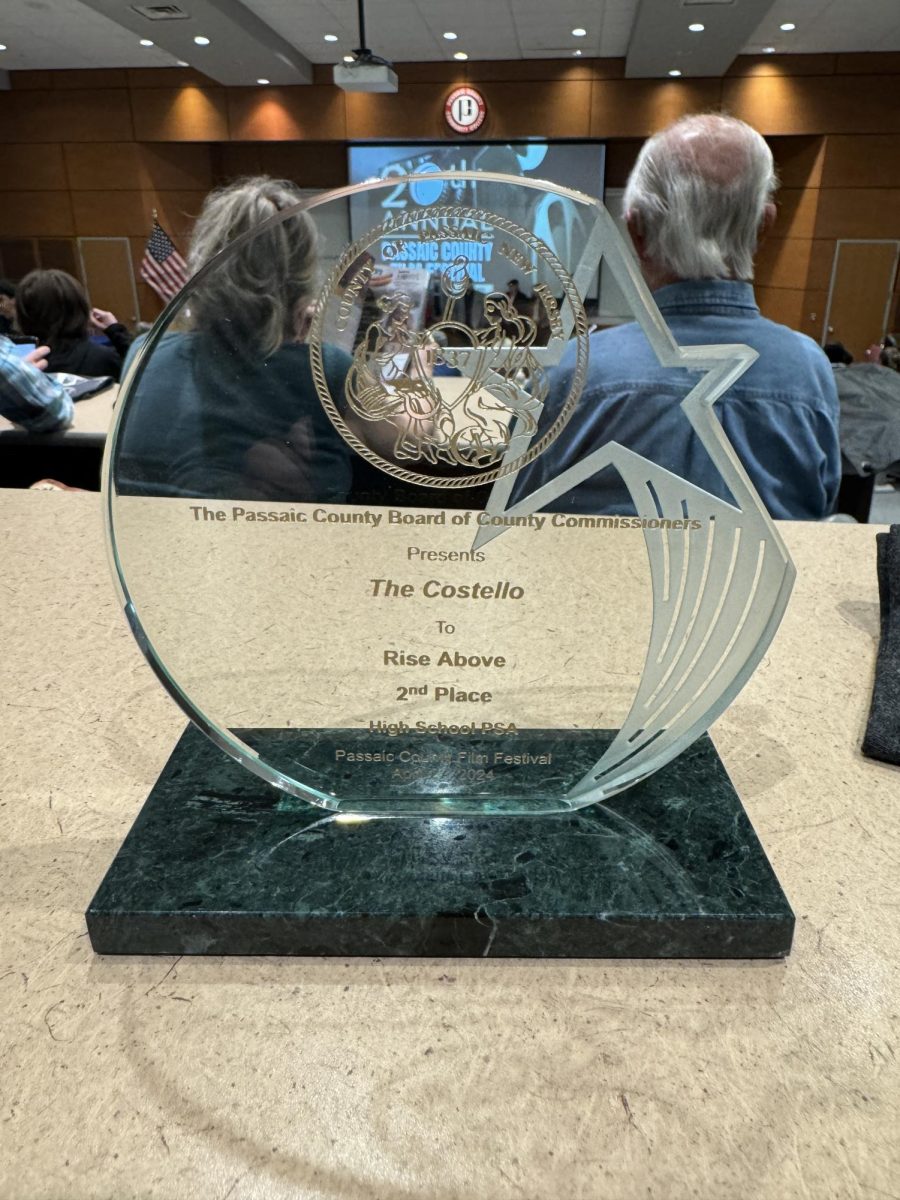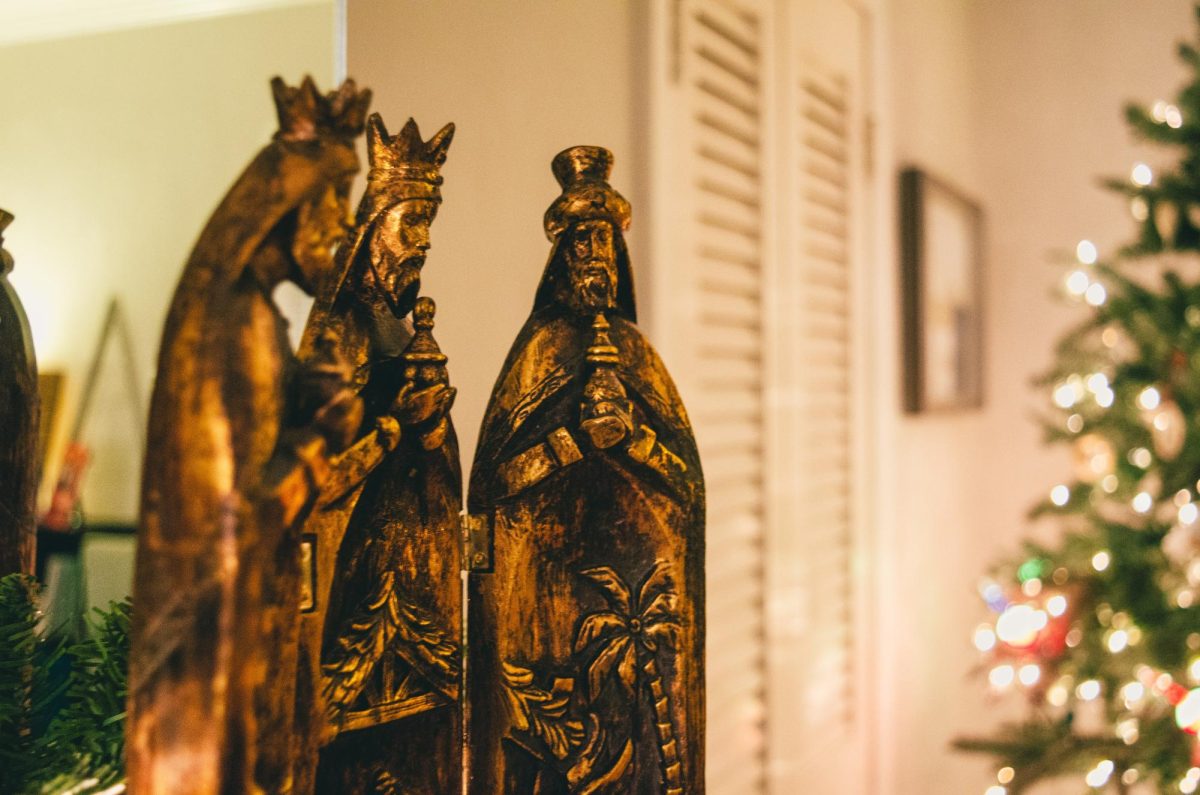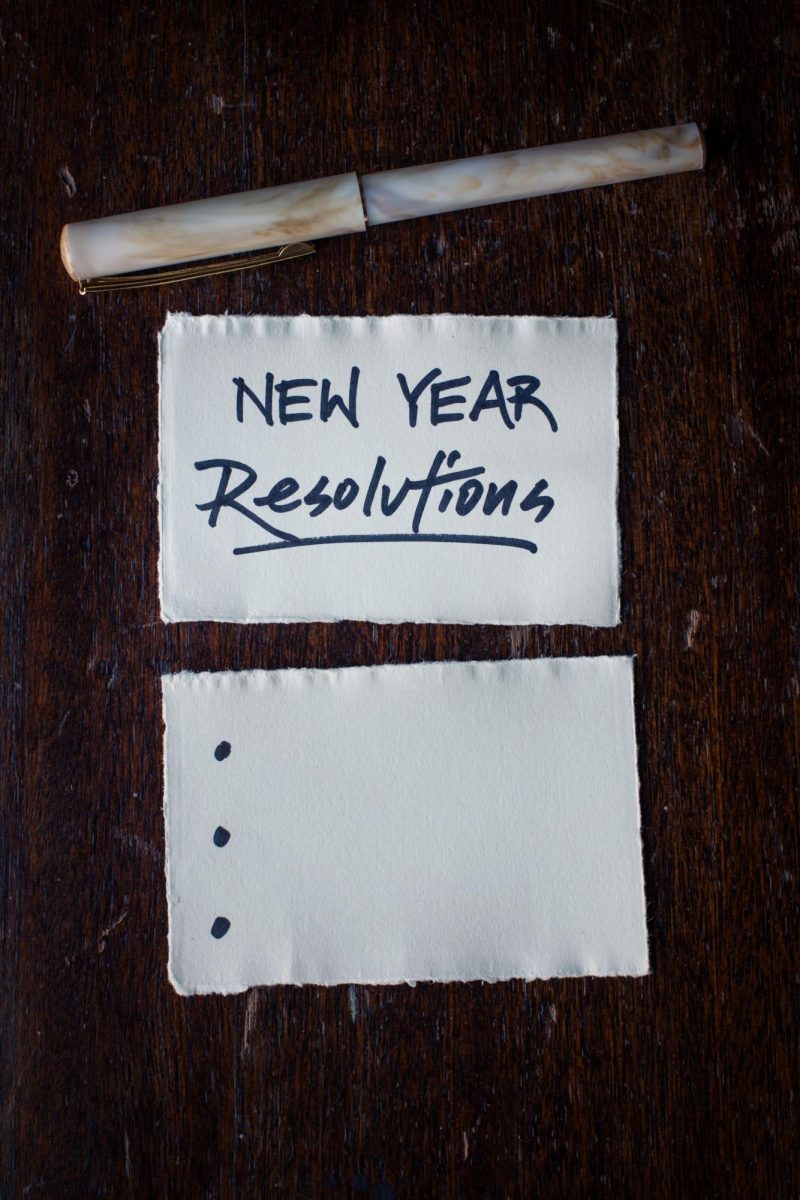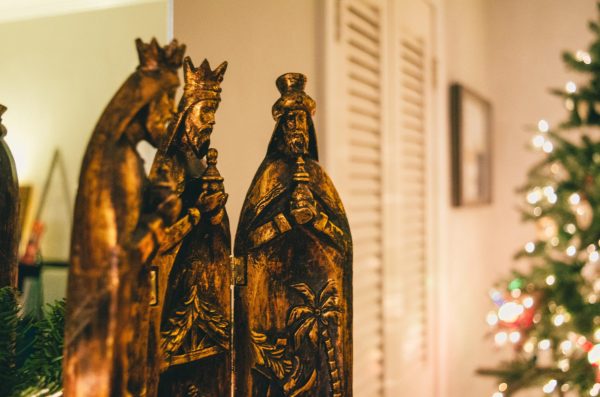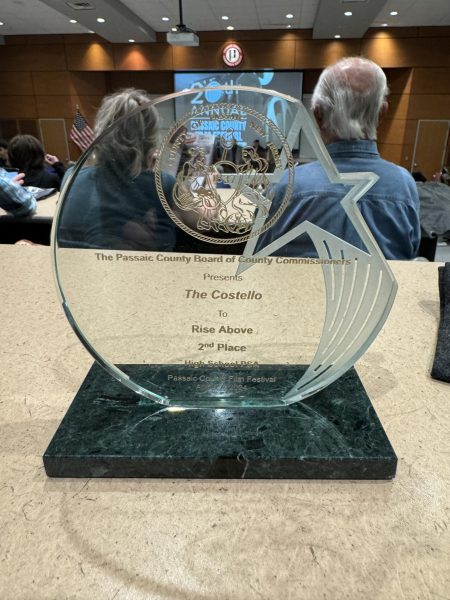Mr. Z’s Holiday History Column
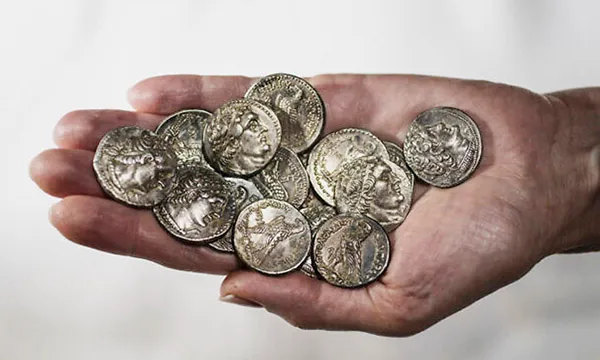
2200-year-old Egyption coins found in the desert in Israel were estimated to be about two months average salary, proving the desperation of the those who left them. (Photo courtesy of Times of Israel)
March 31, 2023
Of all the history that surrounds the holiday season, it is difficult to select one to write about. However, a recent discovery in Israel has made this year’s topic decision much easier. A couple hundred years before the birth of Christ, that is the basis is the Christmas holiday, there were a group of Jews who fled the Syrian-Greeks to the Judean Desert.
The story of Hanukkah is actually a holiday that commemorates the story of the Maccabees in the Old Testament. King of Syria, Antiochus IV Epiphanes, ordered that the Jews there must stop practicing their religion. He outlawed the Jewish religion and ordered them to start worshipping the Greek gods. Then by 168 B.C. his soldiers began massacring the Jews and destroying the Second Holy Temple. The Syrians erected an alter to honor Zues and also sacrificed pigs inside the walls of the temple to desecrate it. This is a big no-no in the Jewish (as well as the Islamic religions).
However, Rabbi Mattathias and his sons began a rebellion, which grew to a be a major problem for the invaders. He is also known as Judah Maccabee which means “the Hammer”. That is a pretty cool name for a historical figure. He fought and repelled the Syrians from Jerusalem over the course of two years, which in turn preserved the Jewish religion.

So where do the candles and the menorah come from? That is the miracle of the holiday. When they cleaned the Temple that had been desecrated, The Hammer (I just like calling him that) told his followers that they needed to keep the gold candelabra lit as they cleansed the temple. It was to be burned for seven days, commemorating the creation. However, even though there was barely enough oil to burn for one night, it burned for eight, hence the eight nights of Hanukkah.
The news about this event is that Israeli archeologists have just uncovered a box of silver coins dating to this exact time. They say that this is the first physical proof that the Jews fled the Syrians into the Judean Desert. The wooden box they found had fifteen tetradrachma coins in it. They were minted by the King of Egypt, Ptolemy VI.
How do they know that this was a stash made by a Jew fleeing into the desert? There is some deductive reasoning to get to that point. These coins represent a pretty good sum of money, so why just leave it stashed in a cave? Therefore, the deduction is that this was the effect of war and the family that stashed this coinage did not come back for it, most likely because they were killed.
The excavations are continuing and the Israeli Antiquities Authority hopes to find many more significant finds throughout the region. The celebration of Hanukkah will be that much brighter this year as these coins, or “gelt” add to the historical support for the Torah, or Old Testament.
